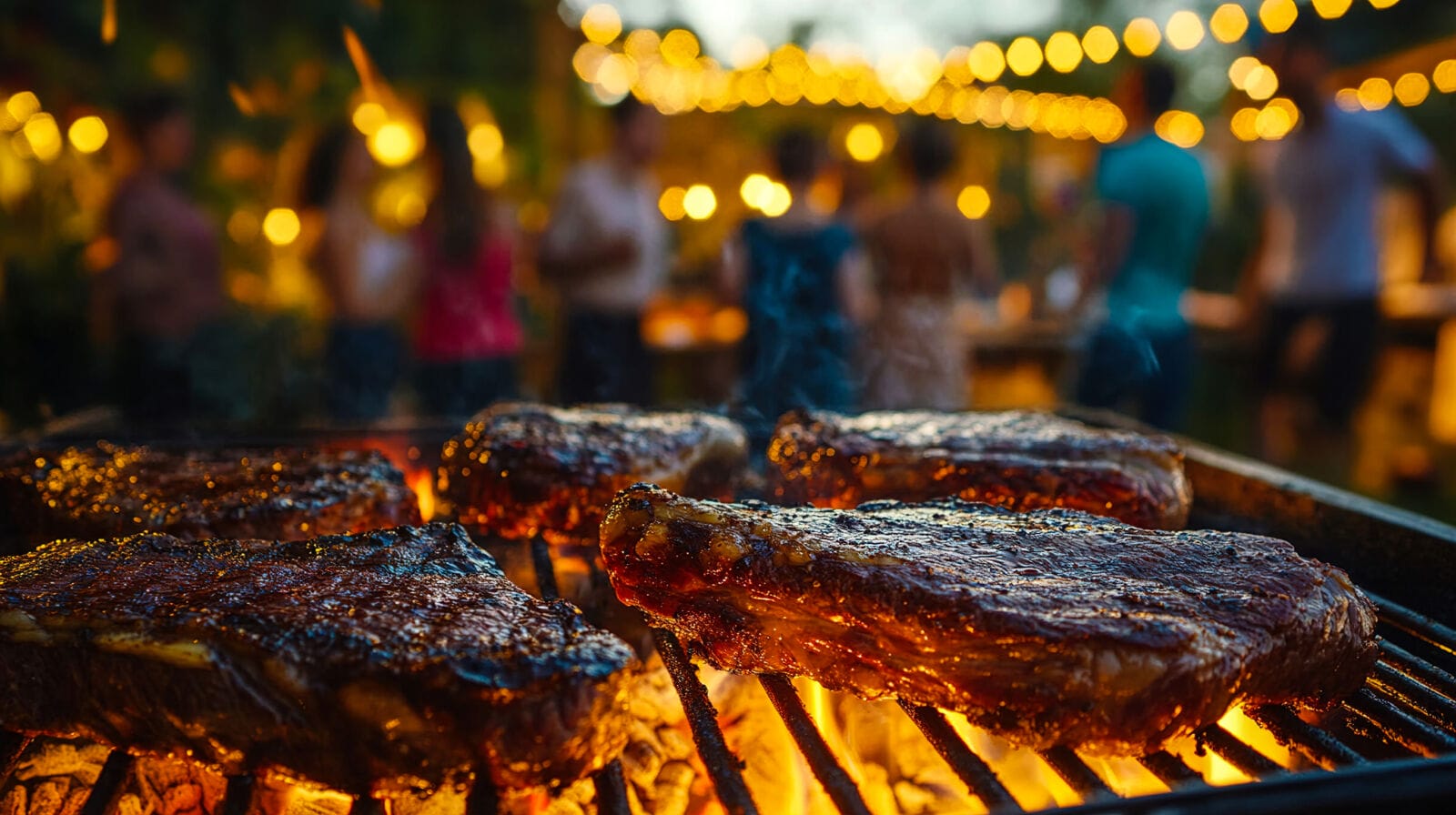Infrared thermometers have revolutionized modern cooking, especially for busy households looking to cook smarter and safer. But like all tools, they only work well when used properly. Misusing an infrared thermometer can lead to undercooked food, wasted meals, and even health risks. Below, we break down the 10 most common mistakes people make when using infrared thermometers, and how to avoid them.
Assuming It Measures Internal Temperature
Many users mistakenly believe that infrared thermometers can tell you how hot the inside of your meat is. But in reality, many of the devices only measure surface temperature by detecting infrared radiation emitted by the outer layer.
Why it’s a problem: If you check a chicken breast and see 160°F on the surface, the center might still be 120°F and unsafe to eat. This creates a false sense of security.
Solution: Use an infrared thermometer in conjunction with a probe thermometer, or opt for a dual-function device like the ThermoPro TP420 Infrared Thermometere Gun, which includes both IR and an internal meat probe.
The ThermoPro TP420 Infrared Thermometer Gun combines both infrared and probe technologies. It offers:
- Instant surface readings via infrared sensor
- Internal temperature checks with a foldable stainless-steel probe
- Adjustable emissivity for accurate readings on any surface
- A backlit display and hold function for convenient use indoors or outdoors
Whether you’re searing steaks, baking, or meal-prepping, the ThermoPro TP420 helps you cook with confidence and precision.
Measure Through Steam, Smoke, or Flames
Infrared thermometers require a clear optical path to the surface being measured. If you try to use them through a cloud of steam or thick smoke, the readings can be highly inaccurate.
Why it’s a problem: The IR beam can scatter, picking up heat from the vapor or air instead of the actual food, resulting in misleading readings.
Solution: Always allow the smoke or steam to clear before taking a measurement. Point directly at the surface without obstruction.
Hold It Too Far or Too Close
The accuracy of an IR thermometer depends on its distance-to-spot ratio. This ratio defines how large of a surface area is being measured relative to the distance from the target.
Why it’s a problem: Too far, and you may capture surrounding heat instead of just the meat. Too close, and you may risk damaging the device with heat or grease.
Solution: Check the manufacturer’s recommended distance.
Not Aiming at the Right Spot
Not all parts of your food heat evenly. Aiming at the edge or thin portion will not give you the temperature of the thickest and most important section.
Why it’s a problem: You could undercook the thickest part of your steak while believing it’s fully done based on the edge temperature.
Solution: Always aim for the center of the thickest part of the meat. This gives the most representative surface reading.
Not Adjusting Emissivity
Emissivity refers to how effectively a surface emits infrared energy. Most IR thermometers default to 0.95, which works for organic materials but not for shiny metal surfaces.
Why it’s a problem: Measuring a stainless steel pan or foil with incorrect emissivity can result in falsely low readings.
Solution: Use a infrared thermometer like the ThermoPro TP420, which allows you to manually adjust emissivity for different surfaces, ensuring precise readings.
Measure Reflective or Oily Surfaces
Highly reflective surfaces, such as oil-coated pans or aluminum foil, can bounce infrared radiation away from the sensor, producing misleading data.
Why it’s a problem: Reflective surfaces may cause the device to read the temperature of other objects or even itself.
Solution: Place a piece of non-reflective tape (like black electrical tape) on the surface and aim at that, or avoid measuring directly on reflective areas.
Use It on Cold or Wet Surfaces
Moisture can absorb and scatter infrared radiation, which interferes with accurate readings.
Why it’s a problem: Measuring marinated or thawing meat without drying it first can produce temperature readings that are lower than reality.
Solution: Pat your meat dry before using the IR thermometer. This helps eliminate errors caused by water’s thermal properties.
Not Cleaning the Lens Regularly
The lens of an infrared thermometer is the most critical part for reading data. Over time, it can accumulate grease, dust, or smoke residue.
Why it’s a problem: A dirty lens reduces the accuracy of readings by distorting or absorbing the infrared signal.
Solution: Wipe the lens gently with a soft cloth and isopropyl alcohol after every few uses, especially after grilling or cooking with oil.
Check Temperature Too Soon After Cooking
Many cooks check food immediately after it comes off the grill or out of the oven. At this stage, the temperature can fluctuate rapidly, especially on the surface.
Why it’s a problem: The surface may be hotter due to direct heat, but internal temperatures haven’t stabilized, leading to inaccurate assessments.
Solution: Allow meat to rest a few minutes before taking a reading. This helps ensure the temperature reading reflects the actual doneness.
Use It as a Complete Replacement for Meat Thermometers
Infrared thermometers are incredibly useful, but they’re not a full replacement for all cooking thermometers.
Why it’s a problem: Relying solely on IR thermometers for tasks like roasting, grilling thick cuts, or smoking meat can result in unsafe or unevenly cooked food.
Solution: Invest in a hybrid device like the ThermoPro TP420 Infrared Thermometer Gun, which offers both infrared and internal probe capabilities. You’ll be able to check grill surface temp and internal meat doneness with one tool.




